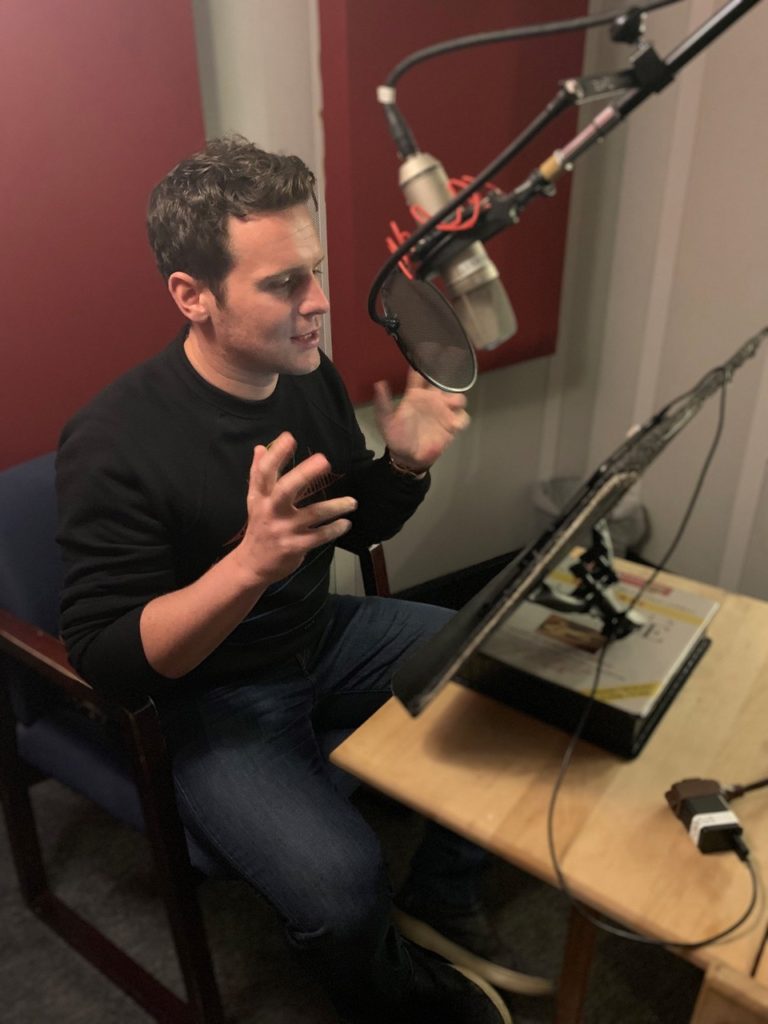What Profilers Learn by Talking With Killers
After my collapse in December 1983, I was in a coma for a week, suffering from viral encephalitis brought on by the pressures of an enormous caseload. When I came out of it, I was in terrible shape — I couldn’t talk, and the left side of my body was almost entirely paralyzed. I endured five months of rehabilitation before I was ready to work. But I couldn’t shoot; I still have trouble with my left hand. I wondered if the bureau would want me back, so I mentioned this to then-director William Webster, who said, “Don’t worry about that, John. We want you for your mind.” He meant it. The profiler’s best weapon is his or her mind. You might be a great shot, or able to bench 450, or fluent in six languages, but none of that qualifies you for the mental gymnastics you’ll have to do to visit a crime scene and construct a profile of the criminal — or to look evil in the face and get it to talk.
Imagine visiting Charles Manson at San Quentin. He sits on the back of a chair, looking down at you. You start talking. You can’t help but stare at that swastika on his forehead. The way he ducks responsibility for the grisly Tate-LaBianca murders sickens you. Thinking about the nearly full-term unborn child that Manson’s followers murdered chokes you up. You sweat, or become angry, or squirm in your seat. You’re not getting anything from him now.
Refining the technique
In speaking with Manson as part of a research interview, I couldn’t let that happen. So I let him tell his side of things, and he ultimately explained how he used sex, sleep deprivation, drugs and other means to exert control over his followers. This helped us understand other messianic figures we encountered later.
Those research interviews served two important purposes. They taught us how to refine the art of interviewing — each was a trial by fire. And by doing them we established the patterns we now apply to finding serial criminals and getting information from those who’ve been caught.
This brings me to another type of interview and a function of profiling — getting critical information from incarcerated offenders, either about crimes we know they committed or open cases.
Research interviews provide data for the FBI, but when we go in for this second type of interview, we’re looking for information for local authorities. Say someone confessed to killing seven people and was convicted for the crimes. That doesn’t mean he hasn’t killed seven more we don’t know about.
An ‘accidental’ murder
To this end, I’m often asked to evaluate convicted criminals for pardon and parole boards. This was the case with Robert Zarinsky, a killer I interviewed at the New Jersey State Prison. The cable network TNT was there, taping us for the upcoming documentary Faces of Evil.
Zarinsky is serving a 98-year sentence for killing 15-year-old Rosemary Calandriello, who was running a few blocks from her home to buy snacks when he kidnapped and murdered her in 1969. Her body was never found.
For years after his conviction, Zarinsky insisted he’d never even met the New Jersey teenager. He eventually admitted killing her “accidentally” by backing over her in his car.
But he never told anyone what he did with her body.
I sat with Zarinsky for six hours without even stretching my legs. You have to be patient. The subject has his own agenda, and he’ll go off on tangents. You can’t get angry. You have to listen. You have to watch for his carotid artery to pulsate, or his pupils to dilate, or other signs that he’s losing control.
Playing the part
And you can’t show any of those same signs, even though they’re logical effects of the shock, stress and horror you’re feeling. He’ll be watching for them, too. You have to play along, like an actor in a role.
He might need to believe he’s manipulating you, that you’re buying what he’s saying, that you’re impressed by it. In this circumstance, you have to play on his ego, complimenting him on his crimes or, conversely, pointing out the goof that got him caught. It can be disgusting. I’ve sunk to the lowest depths in some of these interviews.
With Zarinsky, it was more a matter of coming at him with skepticism, challenging him: “Come on, you really expect me to believe you drove this girl to a secluded spot — no probing eyes — and you didn’t have sex with her?” Finally, Zarinsky got that “thousand-yard stare.” He looked off, over my shoulder, and started talking.
When he finished, I knew where he’d dumped Calandriello’s body. He’d hauled her over his shoulder, like a “hundred-pound sack of potatoes,” and thrown her into the Atlantic Ocean.
Making connections
Why is it important to know this? It goes beyond closure for the victim’s loved ones, beyond getting information for the parole board.
In the months following Calandriello’s disappearance, four young women were killed near that same area. Each was badly beaten and then strangled with electrical wire tied in the same type of knot. They were all found naked from the waist down, but none had been sexually assaulted.
While we can’t make comparisons to Calandriello’s death without a body, there are similarities in the way she and the others were kidnapped, along with eyewitness reports of the car used to abduct the women.
Zarinsky is the main suspect in these murders. Finding out what he did with Calandriello’s body may have provided authorities with more connections among the five murders, which could help put those four open cases to rest.
/span
























